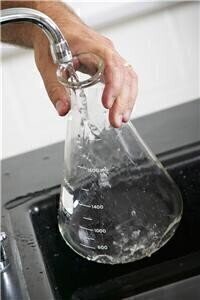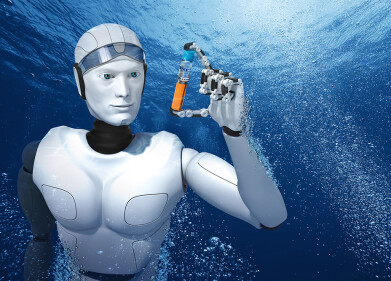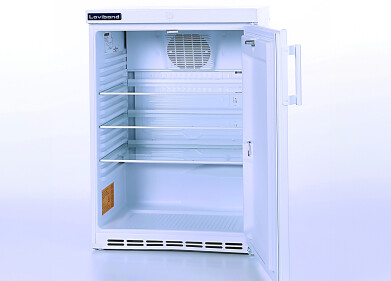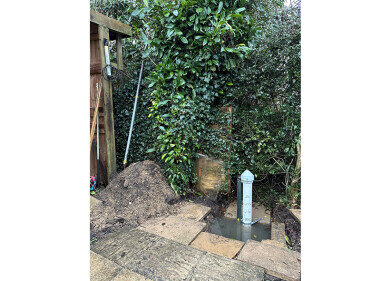Water/Wastewater
How Do You Measure Turbidity?
Nov 23 2021
One of the simplest indicators of water quality to measure is turbidity – but it’s also one of the most useful. Turbidity is a measurement of suspended matter in water, particulates to which pathogens can attach, thereby lowering the water’s safety and health.
Indeed, many regulatory standards for drinking water are based on turbidity. Depending on the jurisdiction in which you operate, you’ll be using either FNU (Formazin Nephelometric Unit; EU) or NTU (Nephelometric Turbidity Unit; US) but, for instance, to comply with USEPA Method 180.1 or Standard Methods for the Examination of Water and Wastewater, drinking water should be below 0.3 NTU, with an upper limit of 1.0 NTU.
What sort of instrument will I need?
Well, for a start, an instrument based on a nephelometer. For a basic nephelometer, you’ll need a light source, a sample and a detector. Measurements are produced when light rays are scattered by particulates in the water sample and are dispersed in a particular pattern across the detector – it is this pattern which is then computed as an indicator of turbidity.
To comply with performance characteristics, your light source must have a bandwidth – which, in this case, means it only produces up to a certain wavelength of light – of 860 (±60) nanometres, your detection angle must be set at 90° (±2.5°), and your detector’s view angle fixed somewhere between 20° and 30°. Measurements must be made at intervals of 15 minutes and the instrument calibrated quarterly using certified standards.
Common interferences in nephelometry
It’s best to think about interferences in nephelometry as disruptive forms of the system’s components. For instance, stray light rays are common interferences, disrupting as they do the angle of the light rays necessary to the production of standardised evidence. Usually, stray light rays result from misoriented surfaces in the system or vials made up of inappropriately reflective material. As such, to mitigate or prevent against these interferences, ensure surfaces are kept clean, reflective vials are not scratched and additional reflective surfaces are in place to re-direct rogue rays.
Similarly, the other common interferences stem from disruptive forms of water in the system – in particular, bubbles and condensation. Condensation disrupts the functioning of the system by additionally deflecting light rays, ruining the quality of the reading by falsifying the dispersal pattern. Thankfully, the mitigation procedure is simple, even though it might add slightly to the costs of operation. But all you’ll need to do is ensure the water sample is kept at a temperature consistent with the interior of the instrument to avoid the temperature differentials which bring on condensation.
Bubbles, on the other hand, which disrupt the system in similar ways, are often incredibly difficult to avoid. In all honesty, your only bet is careful sample collection and preparation.
For more information on nephelometers and how they are used around the world, take a look at an article we recently published on Smart Water Cities.
Digital Edition
IET 34.2 March 2024
April 2024
Gas Detection - Biogas batch fermentation system for laboratory use with automatic gas analysis in real time Water/Wastewater - Upcycling sensors for sustainable nature management - Prist...
View all digital editions
Events
May 13 2024 Munich, Germany
May 15 2024 Lund, Sweden
May 15 2024 Frankurt-am-Main, Germany
May 20 2024 Columbus, OH, USA
May 21 2024 Lagos, Nigeria


















